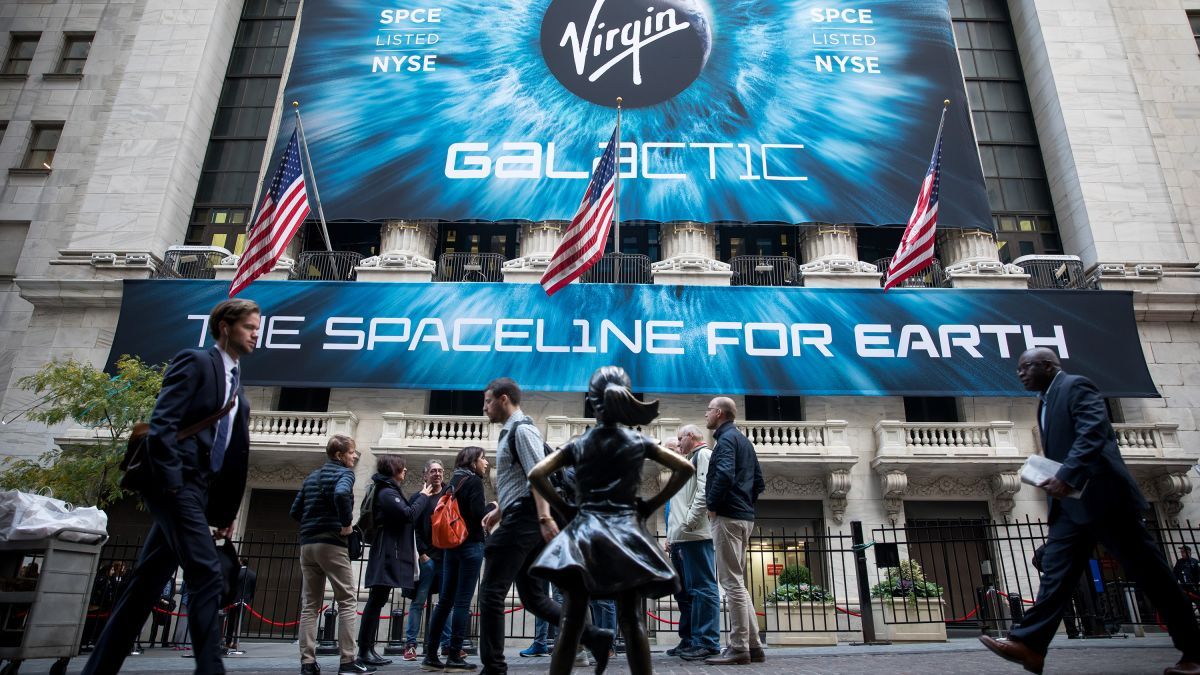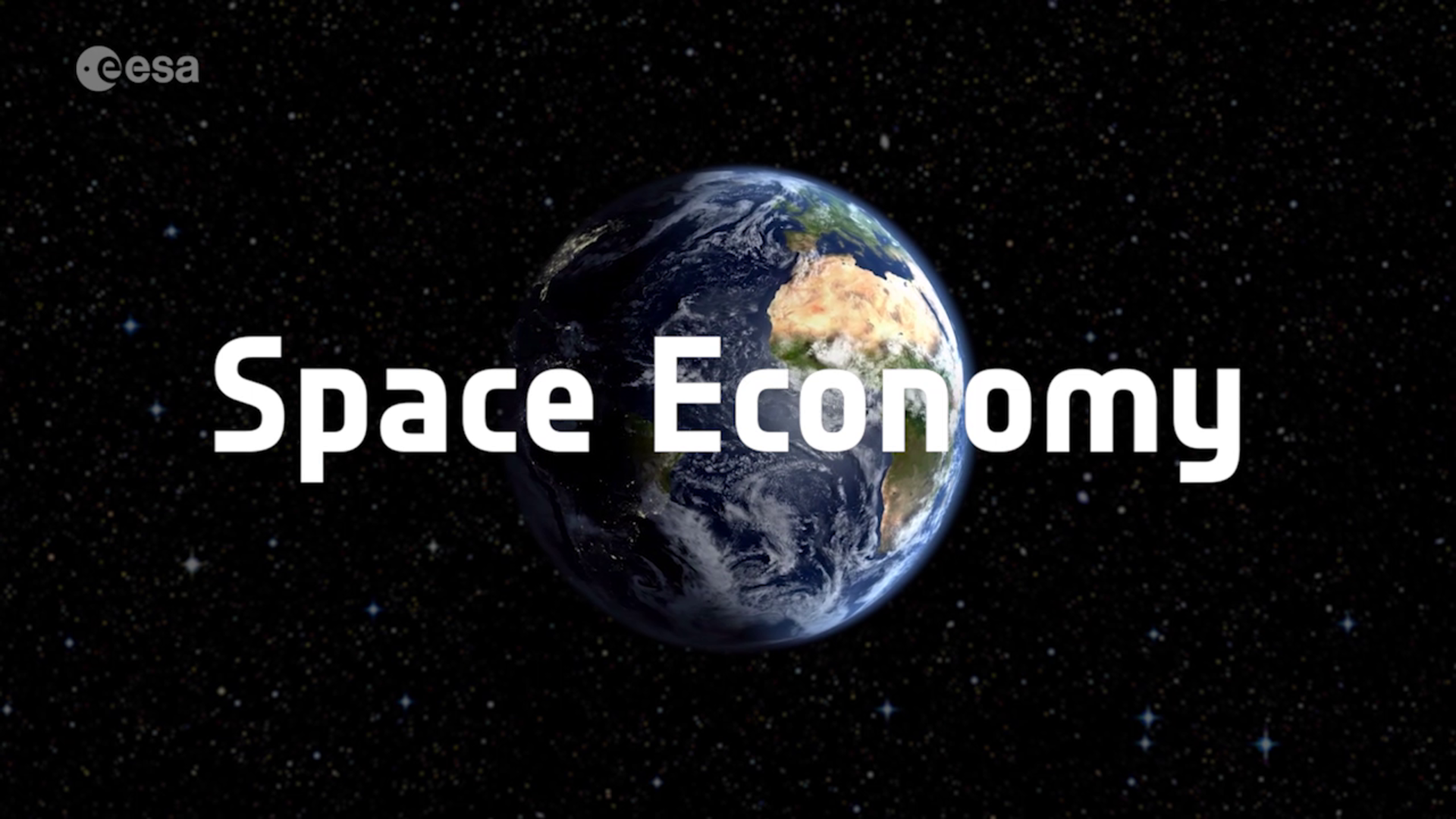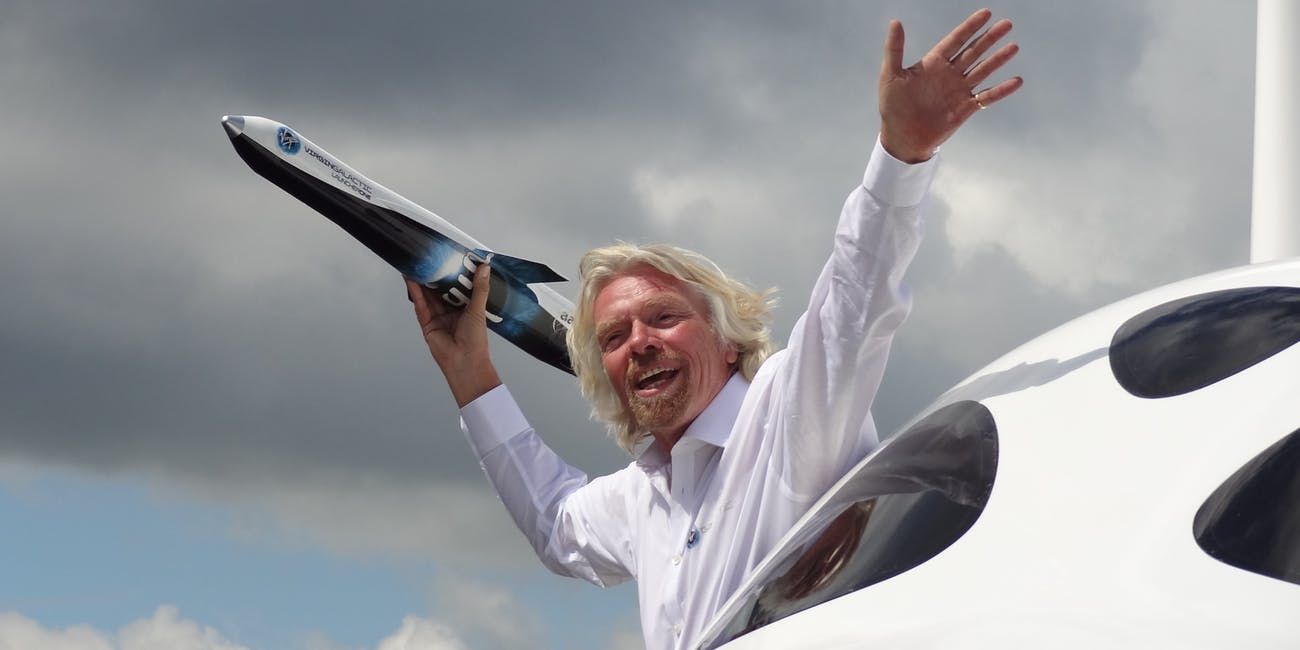Amazon/Blue Origin’s Jeff Bezos’ Day Trip to Space
Article by Jackie Wattles July 20, 2021 (cnn.com)
• On Tuesday July 20th, Jeff Bezos, the world’s richest man, along with three other passengers strapped into their New Shepard crew capsule (pictured above) atop a rocket at Bezos’ Blue Origin’s launch site in rural West Texas to blast off on an 11-minute, supersonic joy ride. The capsule traveled 65 miles above the desert landscape, topping out at an altitude of 351,210 feet. At the peak of the flight path, the passengers were weightless for about three minutes and were allowed to unstrap themselves from their seat to float around and soak in panoramic views of the Earth and the cosmos. This flight marked the first-ever crewed mission for Blue Origin’s New Shepard suborbital space tourism vehicle, upon which the company plans to take wealthy thrill seekers on high-flying journeys in the future.
• Riding alongside the multi-billionaire were Bezos’ brother, Mark Bezos; Wally Funk, an 82-year-old pilot and one of the “Mercury 13” women who trained to go to space in the 20th century but never got to fly; and an 18-year old recent high school graduate named Oliver Daemen who was Blue Origin’s first paying customer and whose father purchased his ticket. Funk and Daemen became the oldest and youngest people, respectively, ever to travel to space.
• Bezos founded Blue Origin in 2000, six years after he started Amazon, with the goal of making spaceflight more affordable and more accessible. A few of his rivals in the industry — most notably Elon Musk and Richard Branson — both started their space ventures around the same time. While the suborbital New Shepard vehicle is the first fully operational piece of space hardware the company has developed, Bezos plans to build spinning orbital space stations where people can live and work. The company is also working on a much larger rocket, called New Glenn, and a lunar lander that it hopes will be used to support NASA missions.
• Thus far, the reservations for a trip to space have been offered solely to participants in an auction that Blue Origin concluded last month. The auction’s winner was a mystery bidder who agreed to pay $28 million for a ticket. He or she was expected to be on Tuesday’s spaceflight, but the high-priced traveler had to reschedule due to ‘scheduling conflicts’. Blue Origin is planning to conduct two more New Shepard tourist passenger flights this year.
• Bezos has not indicated what Blue Origin will charge space tourists or what the Dutch 18-year-old Daemen’s father paid for his ticket. The company said that the auction did give a strong indication that there are plenty of people anxious to go: 7,600 people from 159 countries registered to participate in the bidding war. These early suborbital space tourism flights will be prohibitively expensive to the vast majority of people, and that’s not expected to change anytime soon.
• “Blue Origin was founded by Jeff Bezos with the vision of enabling a future where millions of people are living and working in space to benefit Earth,” the company said in a press release. “To preserve Earth, Blue Origin believes that humanity will need to expand, explore, find new energy and material resources, and move industries that stress Earth into space. Blue Origin is working on this today by developing partially and fully reusable launch vehicles that are safe, low cost, and serve the needs of all civil, commercial, and defense customers.”
• An online petition garnered more than 162,000 signatures asking for Bezos never to return to Earth. Bezos, who is worth about $200 billion, has funded the company almost solely out of his own pocket. Repeated promises of benevolence and benefit to a ravaged Earth has critics concerned that the ultra-wealthy view outer space as their own personal escape hatch. “They are largely right,” Bezos told CNN’s Rachel Crane of critics who say billionaires should focus their energy — and money — on issues closer to home. “We have to do both. We have lots of problems here and now on Earth and we need to work on those, and we always need to look to the future. We’ve always done that as a species, as a civilization.” But regarding his sojourn to space on Tuesday, Bezos declared it “the best day ever”.

Jeff Bezos, the world’s richest man, went to space and back Tuesday morning on an

11-minute, supersonic joy ride aboard the rocket and capsule system developed by his space company, Blue Origin.
Riding alongside the multibillionaire were Bezos’ brother, Mark Bezos; Wally Funk, an 82-year-old pilot and one of the “Mercury 13” women who trained to go to space in the 20th century but never got to fly; and an 18-year old recent high school graduate named Oliver Daemen who was Blue Origin’s first paying customer and whose father, an investor, purchased his ticket.
 Funk and Daemen became the oldest and youngest people, respectively, ever to
Funk and Daemen became the oldest and youngest people, respectively, ever to travel to space. And this flight marked the first-ever crewed mission for Blue Origin’s New Shepard suborbital space tourism rocket, which the company plans to use to take wealthy thrill seekers on high-flying joy rides in the months and years to come.
travel to space. And this flight marked the first-ever crewed mission for Blue Origin’s New Shepard suborbital space tourism rocket, which the company plans to use to take wealthy thrill seekers on high-flying joy rides in the months and years to come.
The four passengers on Tuesday strapped into their New Shepard crew capsule at Blue Origin’s launch site in rural West Texas just before the rocket lit its engines at 8:12 am CT, sending the vehicle blaring past the speed of sound and up to more than 65 miles above the desert landscape, topping out at an altitude of 351,210 feet. At the peak of the flight path, the  passengers were weightless for about three minutes and were allowed to unstrap themselves from their seat to float around and soak in panoramic views of the Earth and the cosmos.
passengers were weightless for about three minutes and were allowed to unstrap themselves from their seat to float around and soak in panoramic views of the Earth and the cosmos.
The launch was visible to reporters on the ground, with the rocket streaking across the almost cloudless Texas sky with a blooming contrail. The bright blaze of the rocket engine looked almost like a star or planet as it rose into the sky. Bezos and crew could be heard on Blue Origin’s livestream cheering as they moved about the capsule during the microgravity portion of the flight.
“It’s dark up here, oh my word!” Funk could be heard saying.
Bezos declared it “the best day ever” on his communications check upon landing.
3:29 minute video of Blue Origin spaceflight and landing (‘CNBC Television’ YouTube)
FAIR USE NOTICE: This page contains copyrighted material the use of which has not been specifically authorized by the copyright owner. ExoNews.org distributes this material for the purpose of news reporting, educational research, comment and criticism, constituting Fair Use under 17 U.S.C § 107. Please contact the Editor at ExoNews with any copyright issue.
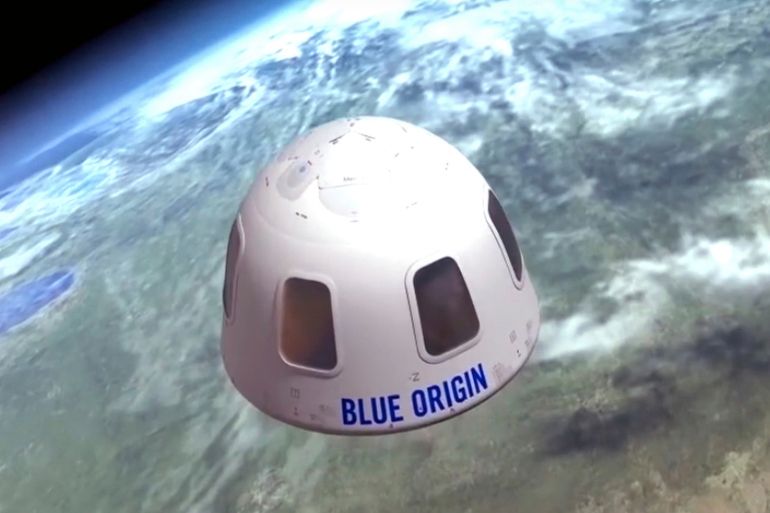
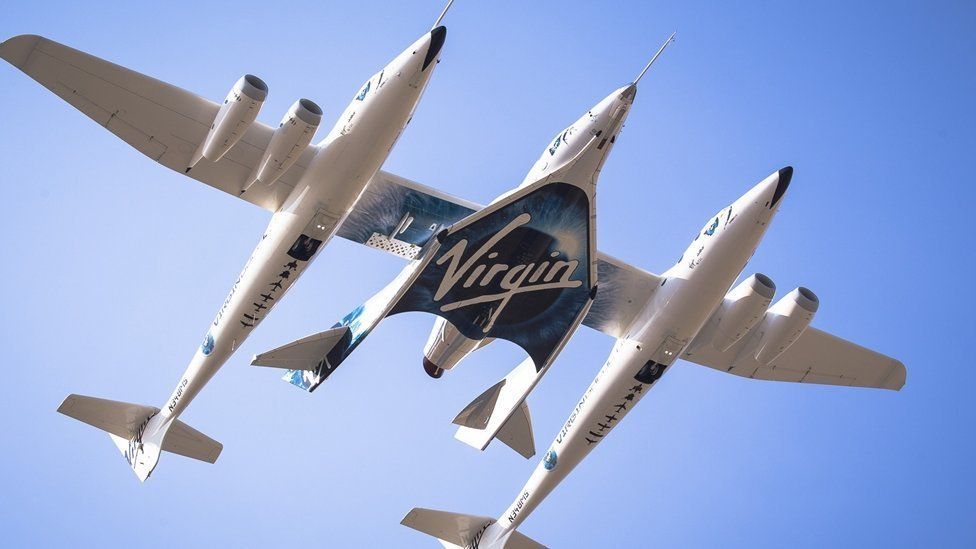



 for words. “It was just magical. … I’m just taking it all in, it’s unreal.”
for words. “It was just magical. … I’m just taking it all in, it’s unreal.”

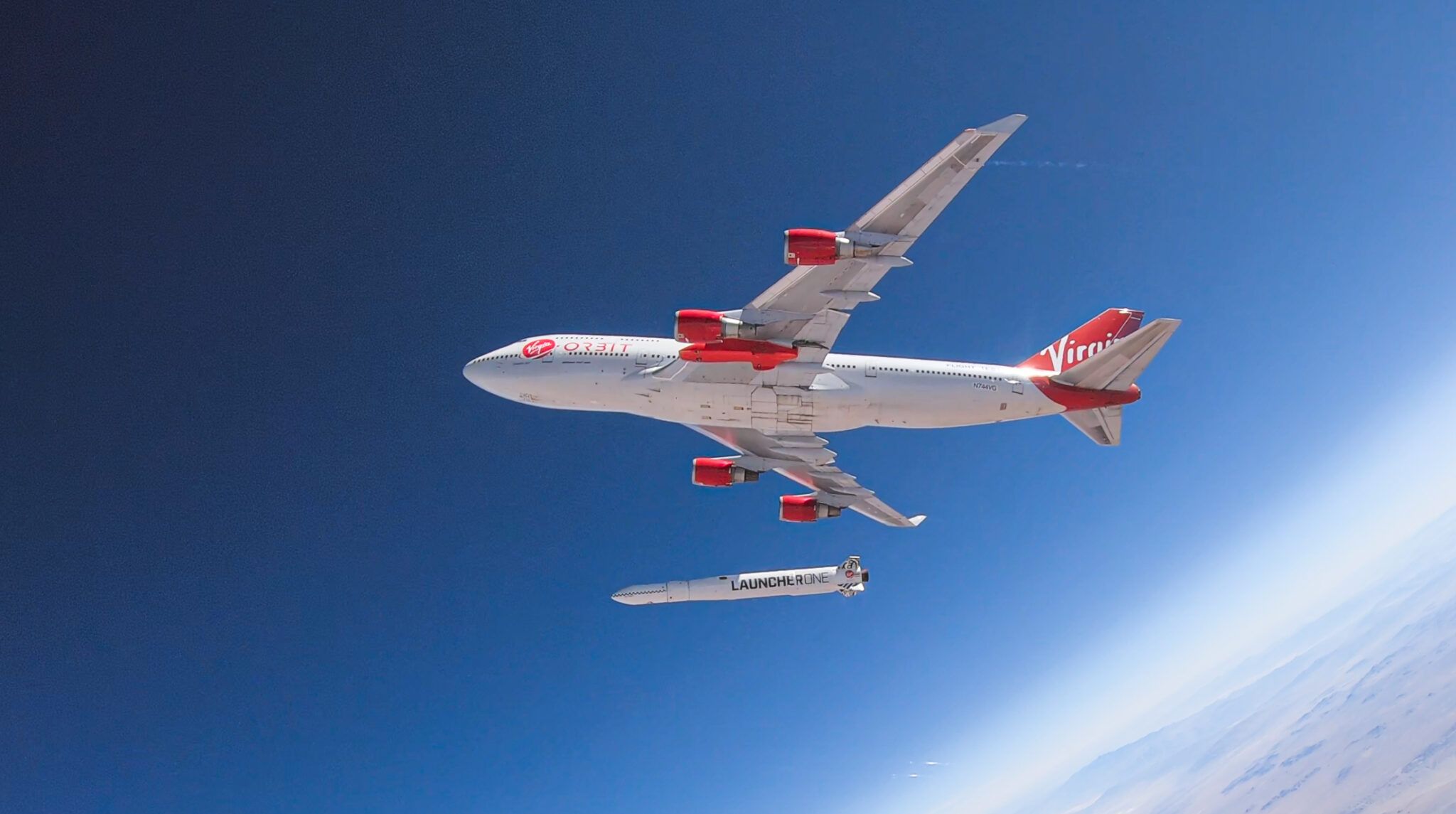




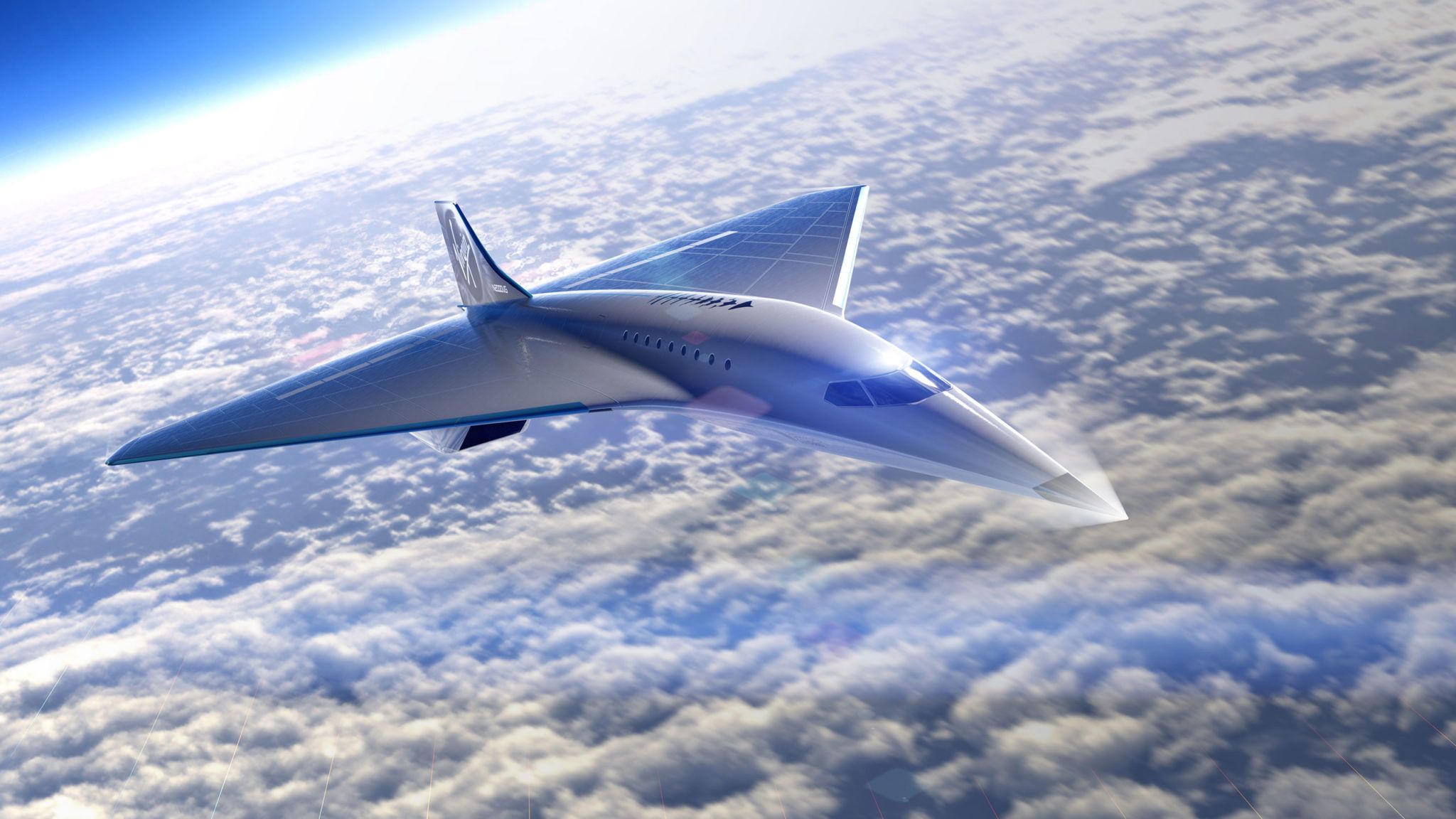







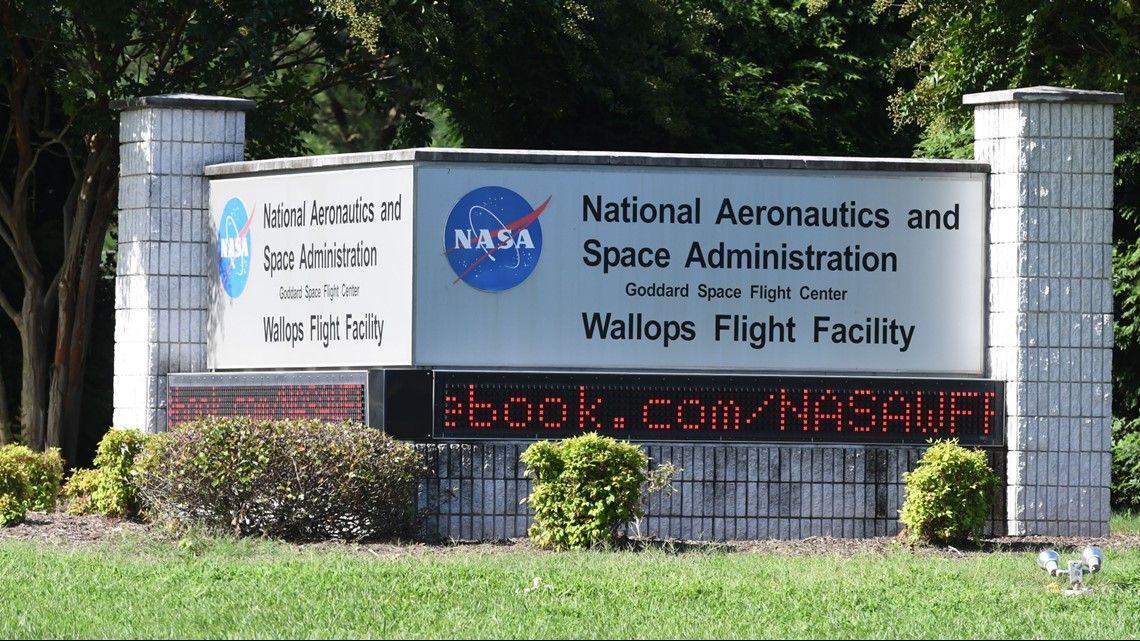
 WALLOPS ISLAND, Va. — Over the Chesapeake Bay Bridge, down past Chincoteague toward the southern
WALLOPS ISLAND, Va. — Over the Chesapeake Bay Bridge, down past Chincoteague toward the southern


